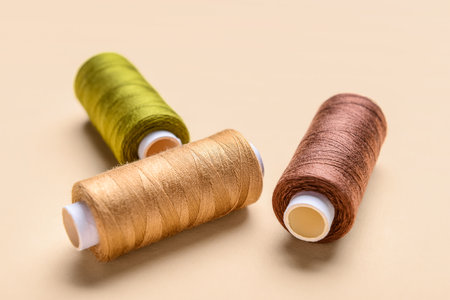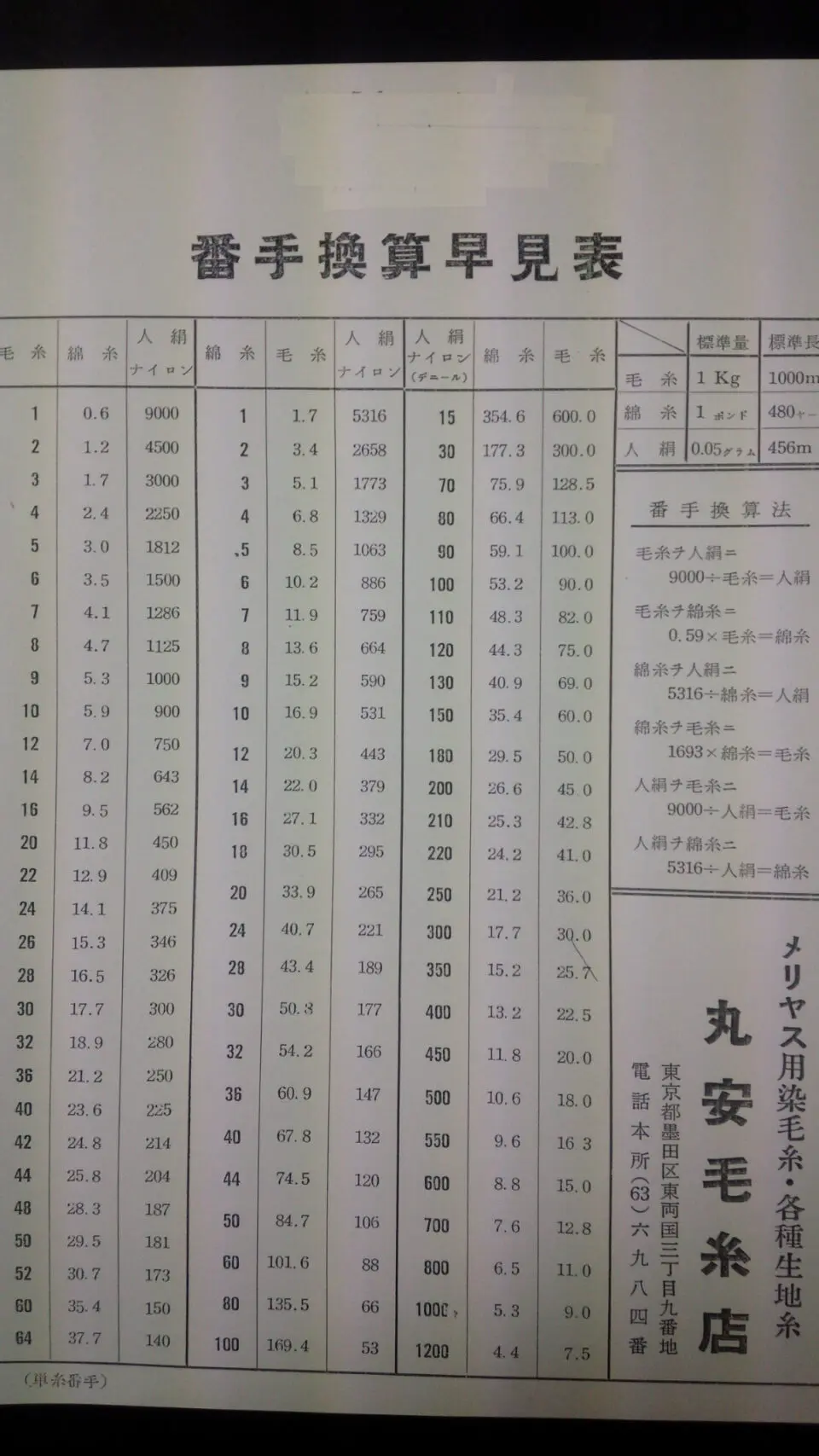KNIT MAGAZINE
- Yarn/Fiber
Understanding Thread Count

- Post date:
- February 11, 2025 07:00
- (Update: January 2, 2025 21:55)
KNIT MAGAZINE


This time, I will write about thread count, following up on the previous topic of thread thickness.
Table of Contents
Thread count refers to the length of a thread corresponding to a specific weight. The calculation varies depending on the material:
Each material uses a different standard for calculating thread count, which can then be converted into a common unit for comparison.
The notation varies by material, and here’s how it’s typically represented:
Using the formulas, you can convert counts between different materials.
Understanding thread count helps when working with different materials, especially in crafting or manufacturing. For example, at a craft store, you might see a ball of yarn labeled 50 g, 100 m. This can be calculated as 100 m ÷ 50 g = 1/2 wool count.

At my company, we’ve used a count conversion table for over 30 years. Each time I look at it, I’m reminded of the history and expertise that has been passed down over the decades.
This guide contains many numbers, which might feel overwhelming at first. However, with practice, you’ll find it easy to understand and apply. Start by experimenting with small calculations and gradually build your confidence.
I look forward to sharing more with you next time!
Subscribe Now
To receive the latest updates and insights, subscribe to our newsletter.
Contact Us
For further inquiries regarding this article, please feel free to contact us.